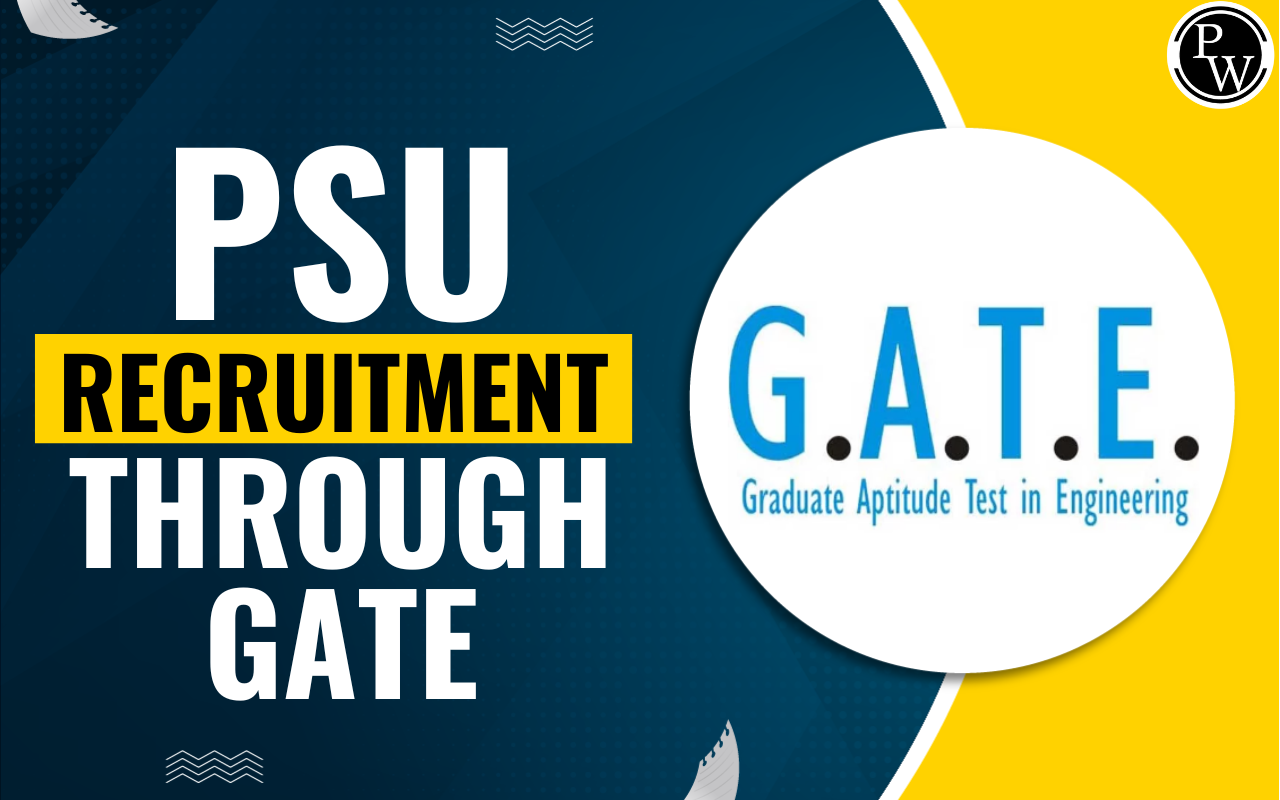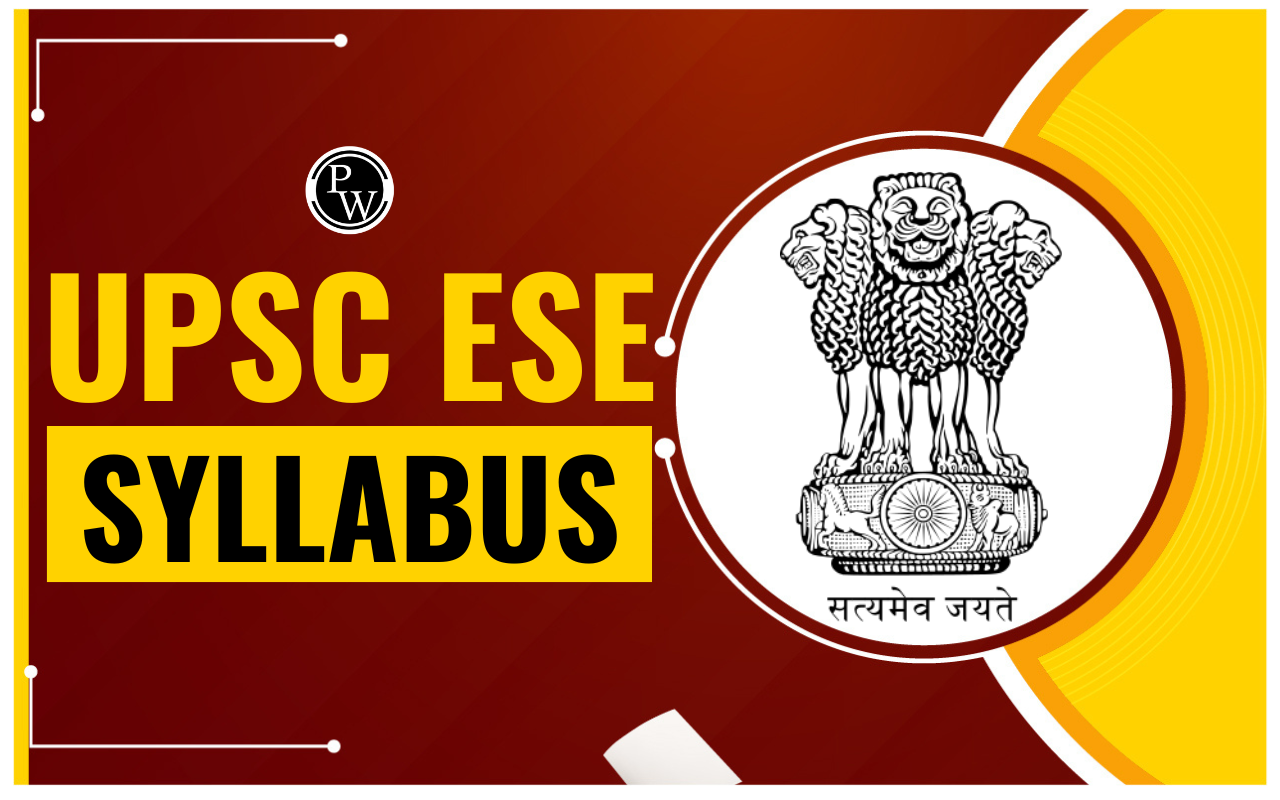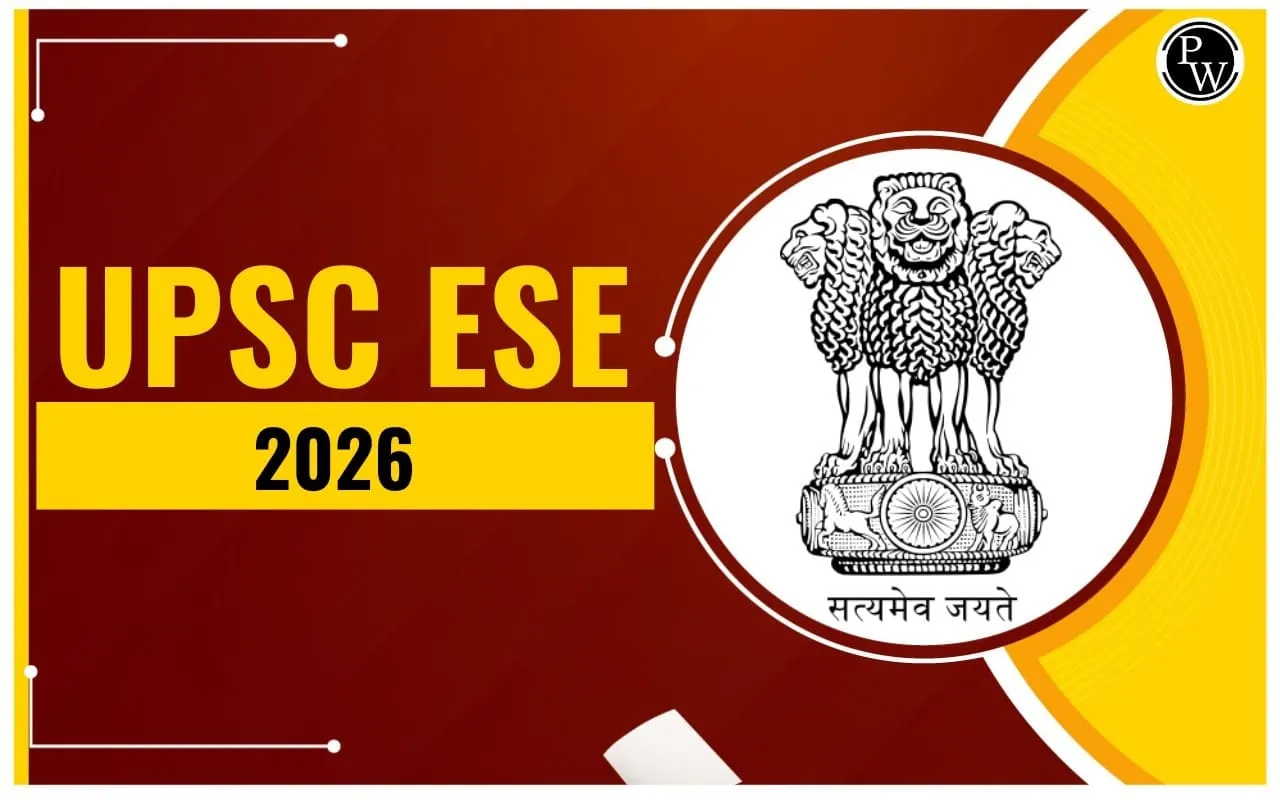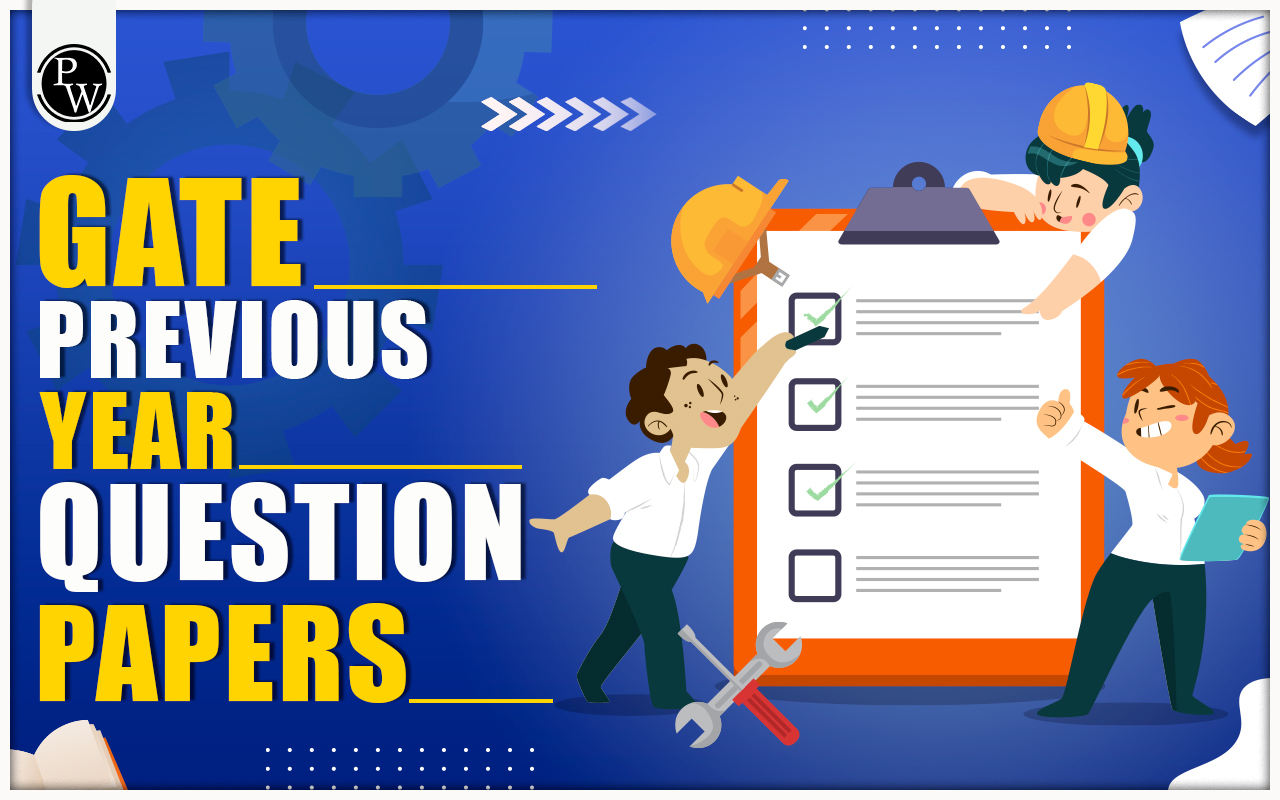

GATE CSE Exam Pattern 2026: The GATE CSE Exam Pattern consists of 65 questions of a total of 100 marks having three categories: Multiple Choice Questions (MCQ), Multiple Select Questions (MSQ), and Numerical Answer Type (NAT) Questions. Candidates who are going to appear for GATE CSE Paper 2026 must have a thorough understanding of the exam pattern and GATE CSE Syllabus . Here, we have mentioned a detailed GATE CSE Exam Pattern 2026 with number of questions, marking scheme and more.
The GATE CSE Core syllabus receives a weighting of roughly 72% of the total points, followed by general aptitude (15%) and engineering mathematics (13%). Digital Logic, Theory of Computation, Algorithms, Computer Organizations, and other key subjects are the ones from which the questions. Candidates who are taking the GATE CSE exam have the option of taking the Mathematics (MA) exam as their second paper.
Also, check: GATE Exam Analysis 2025
GATE CSE Exam Pattern 2026 Highlights
The exam pattern is a crucial requirement to start preparation accordingly to ace the exam with a good score. The key highlights of the GATE CSE Exam pattern 2026 are as follows:
| GATE CSE Exam Pattern 2026 | |
| Exam Name | GATE CSE Exam 2026 |
| Exam Mode | Online - Computer Based Test (CBT) |
| Duration | 3 Hours (180 Minutes) |
| Nature of Questions | MCQ – Multiple Choice Questions MSQ – Multiple Select Questions NAT – Numerical Answer Type |
| Number of Questions | 65 Questions |
| Total Marks | 100 Marks |
| Marks Awarded | 1 or 2 marks per correct answer |
| Negative Marking | 1/3rd Mark will be deducted for 1 mark question; 2/3rd Mark will be deducted for 2 marks question |
| Medium | English |
GATE CSE Exam Pattern And Marking Scheme 2026
- The exam carries 100 marks and consists of a total of 65 questions.
- The paper is written in English.
- MCQs- 1 Mark for each correct response; 1/3 of a mark will be deducted for each incorrect response.
- MCQs- 2 Marks for each correct response; 1/3 of a point will be deducted for each incorrect response.
- NAT - Numerical Answer Type (NAT) questions do not carry any negative marking.
- MSQ- No points are deducted for incorrect answers in MSQ questions. However, there are no partial marks given for making a single incorrect option or half correct combinations of choices.
The section-by-section distribution of marks for GATE CSE 2026 is shown in the following table.
| Section | Number of questions | Marks per Question | Total Marks |
| Computer Science Engineering | 25 (MCQ/NAT) | 1 | 25 |
| 30 (MSQ/NAT) | 2 | 60 | |
| General Aptitude | 10 (NAT/MCQ/MCQ) | 1 or 2 | 15 |
| Total | 65 | - | 100 |
GATE CSE Exam Pattern 2026 - Section Wise Weightage
The GATE CSE syllabus, which has more than 10 sections and covers difficult subjects like algorithms, discrete mathematics, data logic, compiler design, and others, undoubtedly necessitates a lengthy preparation period of more than 8 months to be finished successfully. By concentrating only on the subjects that make up the majority of the GATE exam , students can drastically cut down on this time. Below is a table listing each of these sections.
GATE CSE Section 1 - General Aptitude
The topics included under the General Aptitude section of GATE 2026 are as follows:| Sections | Topics | Average Weightage of Marks |
| Numerical Ability | Numerical Computation | 8 |
| Numerical Estimation | ||
| Numerical Reasoning and DATA Interpretation | ||
| Verbal Ability | English Grammar | 10 |
| Sentence Completion | ||
| Verbal Analogies | ||
| Word Groups | ||
| Instructions | ||
| Critical Reasoning and Verbal Deduction |
Section 2 - Engineering Mathematics
Candidates must go through the below section to check the topic-wise syllabus for all the chapters to be included in Engineering Mathematics section:
1. Discrete Mathematics
| Subject | Topics | Average Weightage of Marks |
| Discrete Mathematics | Propositional and first-order logic | 10 |
| Sets, Relations | ||
| Functions | ||
| Partial Orders and lattices | ||
| Groups | ||
| Graphs - connectivity, matching, coloring | ||
| Combinators - counting, recurrence, relations, generating functions |
2. Engineering Mathematics
| Subject | Topics | Average Weightage of Marks |
| Engineering Mathematics | Matrices | 6 |
| Determinants | ||
| The system of linear equations | ||
| Eigenvalues and Eigenvectors, LU decomposition | ||
| Limits | ||
| Continuity and differentiability | ||
| Maxima and Minima | ||
| Mean, Median, Mode & Standard deviation | ||
| Mean value theorem | ||
| Integration | ||
| Conditional Probability & Bayes theorem | ||
| Uniform ,Normal, Exponential, Poisson and Binomial distributions |
Section 3 - Computer Science subjects
1. Digital Logic
| Section | Topics | Average Weightage of Marks |
| Digital Logic | Number Representation and Computer arithmetic (fixed & floating point) | 7 |
| Combinational and Sequential circuits | ||
| Boolean Algebra | ||
| Minimization |
2. Computer Organization and Architecture
| Section | Topics | Average Weightage of Marks |
| Computer Organization and Architecture | Machine instructions and addressing modes | 5 |
| ALU | ||
| Data-path and control unit | ||
| Instruction Pipelining | ||
| Memory Hierarchy:cache | ||
| Main Memory | ||
| Secondary Storage | ||
| I/O interface( Interrupt and DMA) |
3. Programming and Data structure
| Section | Topics | Average Weightage of Marks |
| Programming and Data structure | Programming C | 15 |
| Recursion | ||
| Boolean Algebra | ||
| Arrays | ||
| Stacks | ||
| Linked List | ||
| Queues | ||
| Binary Heaps | ||
| Graphs | ||
| Trees | ||
| Binary search trees |
4. Algorithms
| Section | Topics | Average Weightage of Marks |
| Algorithms | Searching, sorting & hashing | 5 |
| Asymptotic worst-case time and space complexity | ||
| Algorithm design techniques: greedy,dynamic programming and divide-and-conquer | ||
| Minimum spanning trees | ||
| Graph search | ||
| Shortest Paths |
5. Theory of Computation
| Section | Topics | Average Weightage of Marks |
| Theory of Computation | Regular expressions and finite automata | 6 |
| Context-free grammars and pushdown automata | ||
| Regular and context-free languages | ||
| Pumping Lemma | ||
| Turing Machines | ||
| Undecidability |
6. Compiler Design
| Section | Topics | Average Weightage of Marks |
| Compiler Design | Lexical analysis | 5 |
| Parsing | ||
| Syntax-directed translation | ||
| Runtime Environments | ||
| Intermediate code |
7. Operating Systems
| Section | Topics | Average Weightage of Marks |
| Operating Systems | Processes | 8 |
| Thread | ||
| Inter-process communication | ||
| Deadlock | ||
| Concurrency and synchronization | ||
| CPU Scheduling | ||
| Memory management and virtual memory | ||
| File systems |
8. Database
| Section | Topics | Average Weightage of Marks |
| Database | ER-Model | 9 |
| Relational Model: Relational algebra, tuple, calculus, SQL | ||
| Integrity constraints, normal forms | ||
| File organization, indexing (e.g. B and B+ trees) | ||
| Transactions and concurrency control |
9. Computer Networks
| Section | Topics | Average Weightage of Marks |
| Computer Networks | Concept of Layering | 9 |
| LAN technologies (Ethernet) | ||
| IPv4/IPv6, routers and routing algorithms (distance vector, link state) | ||
| TCP/UDP and sockets, congestion control | ||
| Application layer protocols (DNS,SMTP,POP,FTP,HTTP) | ||
| Basics of WiFi | ||
| Network Security: authentication, basics of the public key cryptography, digital signatures and certificates, firewalls |
GATE CSE Previous Year Paper Analysis
The statistics above about the weighting of the sections was gathered from a thorough analysis of previous years' exam papers. The information from each year's question paper, however, can be used for more than just calculating the "overall average weightage of sections"; it can also be used to reveal changes in the weightage of certain sections over time. Therefore, below is a brief examination of the question papers from last year for that purpose.
GATE CSE 2025 Paper Analysis
The weightage of topics for the GATE CSE Exam held in 2025r are mentioned below for your reference:| Topics | Number of Questions in the Exam |
| Algorithms | 4 |
| Digital Logic | 3 |
| Computer Network | 4 |
| Data Structure | 2 |
| Computer Organisations | 6 |
| Theory of Computation | 6 |
| Databases | 7 |
| Compiler Design | 4 |
| Operating Systems | 6 |
| Discrete Mathematics | 5 |
| Engineering Mathematics | 8 |
| General Aptitude | 10 |
Also Check: GATE CSE Subject wise Weightage
GATE CSE Exam Pattern 2026 - Instructions For Candidates
- Try to be at the examination center one hour prior to the exam to be on the safe side.
- Inside the examination center, refrain from bringing any prohibited objects like a phone, notes, an electronic watch, etc. If one does accidentally bring them inside, make sure to quickly deposit them at the examination venue. If such materials are discovered with a candidate after the exam has started, they will be immediately disqualified from appearing for the GATE Exam.
- After settling into your designated seat, make sure the computer is functioning properly. Immediately contact the administration if there is any issue.
- Verify that the candidate has taken up the seat assigned to them by checking the image that is displayed on the designated system.
- Before the exam, make sure to read the relevant instructions to obtain a sense of the marking and pattern.
- Do not forget to put your GATE registration number on the provided paper.
Read More - Top Career Opportunities after GATE Exam
GATE CSE Exam Pattern 2026 FAQs
Q. What is the GATE CSE exam pattern?
Q. What is the best score in GATE CSE?
Q. Is CSE GATE hard?
Q. Is there a negative marking in the GATE CSE 2026 exam?












